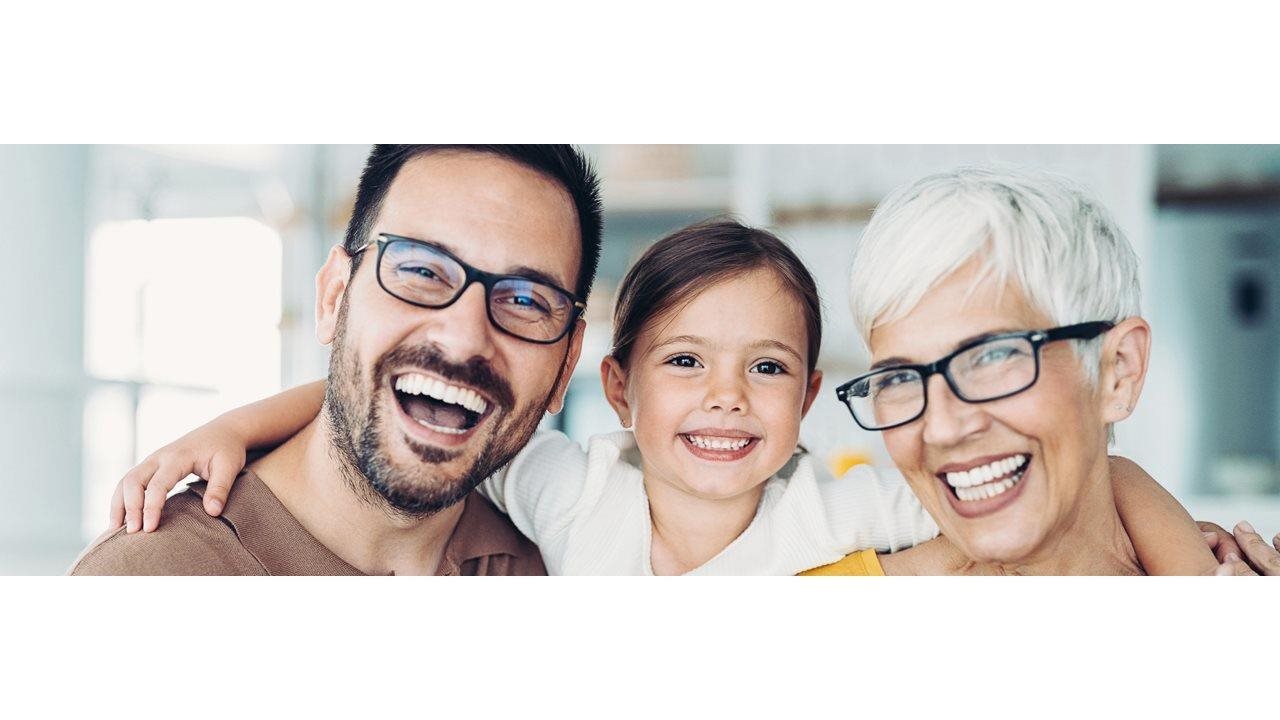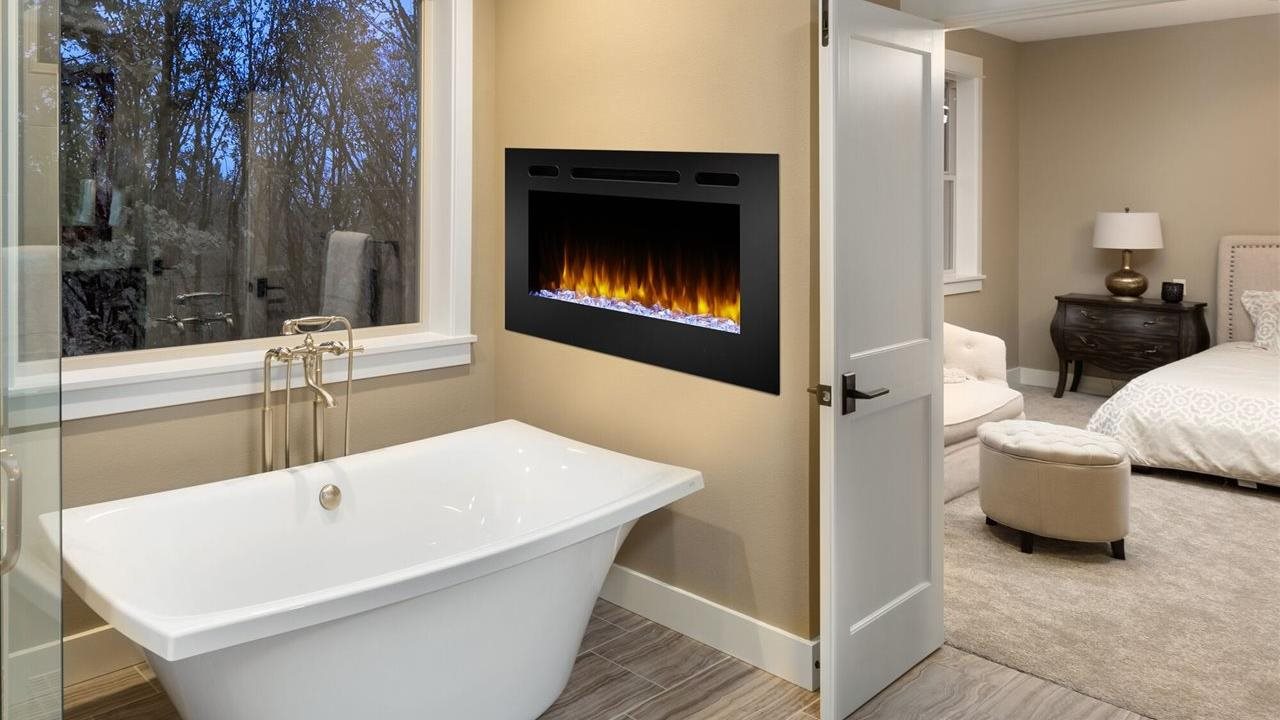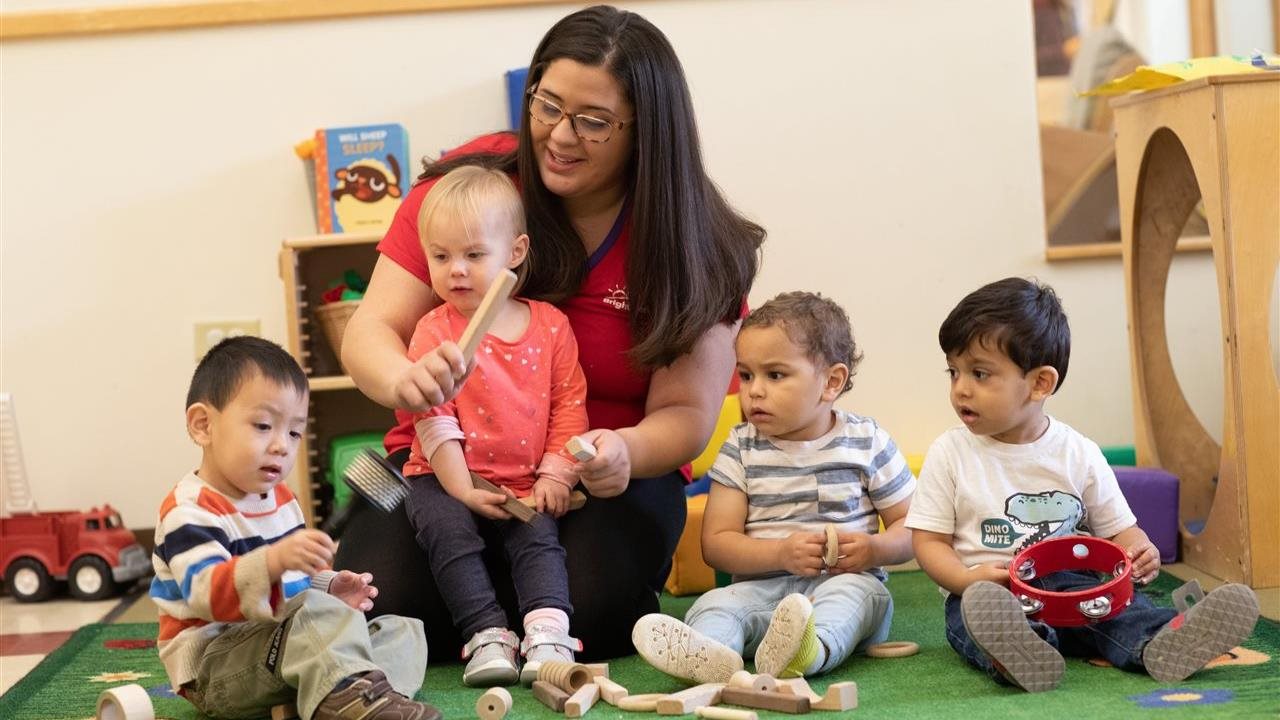2022-12-07T12:01:00
(BPT) – Are you planning to take your pet with you on your holiday travels? You’re not alone. According to Lodging Magazine, 54% of pet owners planned to travel with their pets in 2022.
Holiday trips and get-togethers can be fun for the whole family but it’s important to prepare the four-legged members of the family — whether you are bringing them along on vacation or leaving them with a pet sitter or boarding facility. Be sure your packing list includes prescription medications, toys, leashes, collars, treats and other supplies to keep your pet happy no matter where you travel. Also, check out these tips to keep your furry friend safe and healthy during your vacation — near or far.
“Traveling with pets can create many fun memories but it does require a lot of prep work to keep them safe, healthy and comfortable throughout the trip,” said Dr. Christine Royal, vice president of the U.S. Companion Animal and Equine business at Merck Animal Health. “I’d encourage pet owners to talk to their veterinarian about travel preparation specific to their pets and their vacation destination.”
1. Remember to use a flea and tick preventative
Preventive care is an important topic to discuss with your veterinary health care team, particularly if you’re bringing your pet into new environments where they could be exposed to different critters. Flea and tick preventatives are especially important if you’re traveling with your dog or cat this holiday season.
Parasites like fleas and ticks are often associated with warmer climates, but certain species can be active in temperatures as cold as 39 degrees Fahrenheit. No matter where you live or travel with your pet, it’s crucial to treat them for parasites year-round, ideally with a long-lasting product such as Bravecto® (fluralaner) Chews or Bravecto® (fluralaner topical solution) treatment. This flea and tick preventive treatment protects your dog for 12 weeks with one dose. Remember, it’s important to keep a record of when your pet received the most recent treatment.
2. Check the chip
Before you hit the road together, check to make sure your pet’s microchip is registered in a national pet recovery service like the HomeAgain® database and that your contact information is up to date. If your dog or cat is lost while away from home, a shelter or veterinary clinic can find your information and reunite you with your furry friend via their microchip registration.
HomeAgain Premium members receive free access to a 24/7 medical hotline in case of a health emergency. Should a member’s pet be lost and found 500 miles or more from home, the HomeAgain travel assistance program will help with expenses and travel logistics to reunite the lost pet and owner. The HomeAgain pet recovery service has reunited more than 3 million lost pets in the U.S. with their families.
3. Protect your pet against diseases
Whether you plan to socialize your pet with other animals while on vacation or board them while you’re out of town, you’ll want to protect them against common canine diseases. Social dogs that spend a lot of time in places like dog parks, doggie daycares or training camps are at a higher risk for infectious respiratory diseases.
To keep your four-legged family member healthy during your travels, it’s important to have all their required vaccinations up to date. Talk to your vet about preventive vaccines recommended for active or social pets. They may recommend the Nobivac® Intra-Trac® Oral BbPi vaccine, a new and innovative option that protects dogs against two major respiratory pathogens with a simple oral application. Be sure to have a copy of your vaccination records for travel or boarding.
“Respiratory pathogens, such as Bordetella and parainfluenza virus, can spread quickly among social dogs, which is why prevention is critical. Vaccines not only protect a dog’s respiratory health but can help prevent future outbreaks,” added Dr. Royal.
4. Keep track of your pet’s wellness with smart tech
There are all kinds of connected tech devices that can help you keep tabs on your pet’s overall wellness while traveling. They can be useful in both fun and stressful situations.
If you enjoy taking your pet on hikes or walks when you travel, an activity behavior and tracking device from Sure Petcare offers a great option for pet parents on-the-go because it uses smart technology to track a dog’s unique activity levels and behavior within a user-friendly mobile app. The device captures important data on things like sleep quality, barking and scratching, and can even send an alert through the app if there are any significant changes in these behaviors.
In addition, for cat owners, if you leave your cat at home every now and then while traveling, you may be familiar with the nerves that come with making sure they are eating and drinking regularly. Smart devices like the Felaqua® Connect pet bowl by Sure Petcare can monitor a cat’s water intake and report on drinking patterns such as frequency and duration via the Sure Petcare mobile app. Tracking a cat’s water intake is especially important because it provides crucial insights into their health and well-being whether you are at home or away.
“At the end of the day, pet owners want peace of mind that they are doing everything in their power to care for their pets,” said Dr. Royal. “Using these four tips, you can keep dogs and cats of all personalities and needs safe and healthy during your winter travels.”
IMPORTANT SAFETY INFORMATION:
BRAVECTO has not been shown to be effective for 12-weeks’ duration in puppies or kittens less than 6 months of age. Fluralaner is a member of the isoxazoline class. This class has been associated with neurologic adverse reactions including tremors, ataxia, and seizures. BRAVECTO Chew: The most commonly reported adverse reactions include vomiting, decreased appetite, diarrhea, lethargy, polydipsia, and flatulence. BRAVECTO is not effective against lone star ticks beyond 8 weeks of dosing. Seizures have been reported in dogs receiving isoxoline class drugs, even in dogs without a history of seizures. Use with caution in dogs with a history of seizures or neurologic disorders. BRAVECTO Topical Solution for Dogs: The most commonly reported adverse reactions include vomiting, hair loss, diarrhea, lethargy, decreased appetite, and moist dermatitis/rash. Bravecto is not effective against lone star ticks beyond 8 weeks of dosing. For topical use only. Avoid oral ingestion. Seizures have been reported in dogs receiving isoxoline class drugs, even in dogs without a history of seizures. Use caution in dogs with a history of seizures or neurologic disorders. BRAVECTO Topical Solution for Cats: The most commonly reported adverse reactions include vomiting, itching, diarrhea, hair loss, decreased appetite, lethargy, and scabs/ulcerated lesions. BRAVECTO is not effective against American dog ticks beyond 8 weeks of dosing. For topical use only. Avoid oral ingestion. The safety of BRAVECTO has not been established in breeding, pregnant and lactating cats. Neurologic adverse reactions have been reported in cats receiving isoxazoline class drugs, even in cats without a history of neurologic disorders. Use with caution in cats with a history of neurologic disorders.











